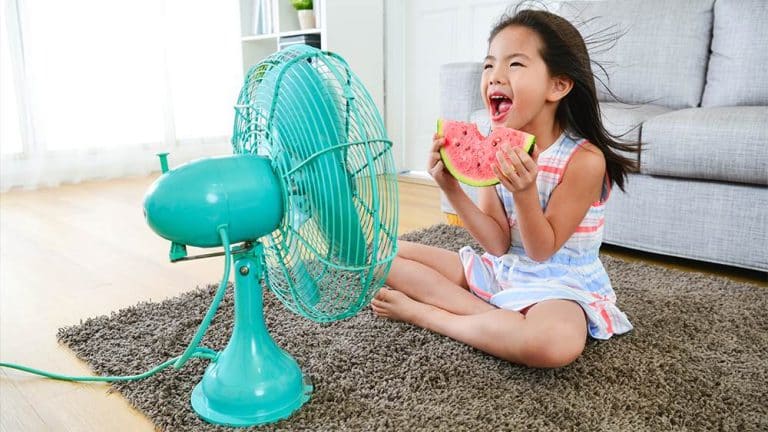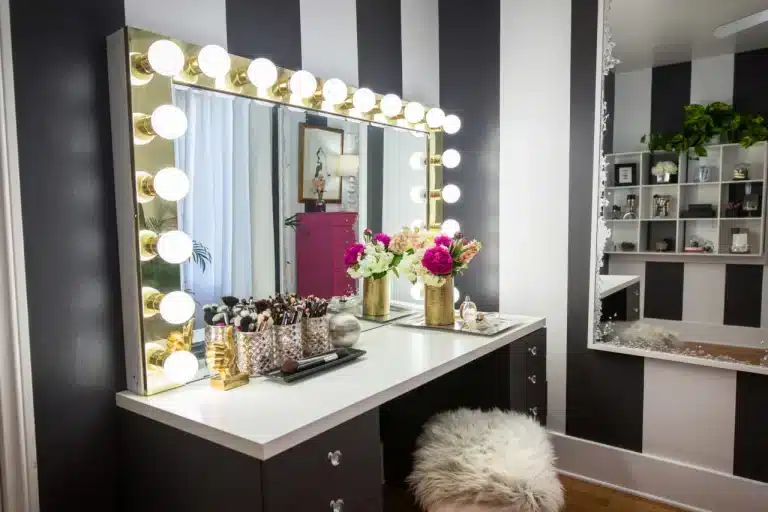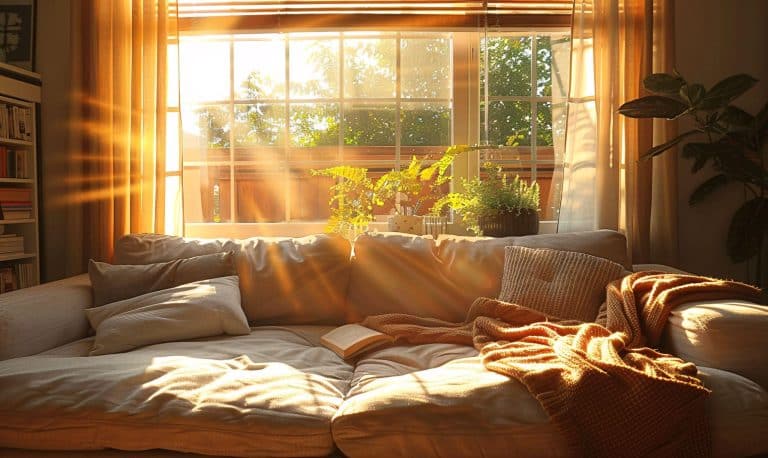Your windows play an essential part in maintaining an air conditioning-friendly home environment, from closing blinds and blocking sun rays, to adding low-E glass tints for additional comfort in summer months.
When purchasing new windows, be sure to inquire about their energy ratings and insulation properties as well as search for a contractor with stellar reviews in your locality in order to ensure top-quality products and processes.
Make the Most of Blinds
Window blinds come in an array of stylish designs and materials that will complement any aesthetic. Traditional bottom up or top down styles as well as energy saving cellular options can all add up to creating stunning window coverings that add value and enhance any environment.
Blinds are an excellent solution to keep rooms cool this summer thanks to their ability to control glare, light, and solar heat gain. Their adjustable slats can help redirect sunlight away from homes and into ceilings for efficient cooling of rooms.
On cooler summer nights, open windows and blinds on opposite sides of your house to promote cross ventilation and keep it cooler inside your home. This can help improve sleep quality as cool air circulates more freely throughout the night.
Install Sun-Blocking Drapes
Protecting your home from direct sunlight during peak times of the day is one of the best ways to keep it cool during summer without turning on the air conditioner – plus, this helps avoid your furniture and carpet fading under direct sunlight!
Doing this makes the room appear larger while blocking sunlight effectively. Alternatively, blackout liners that clip onto existing curtains could provide similar benefits.
Close Windows During the Hottest Parts of the Day
Leave windows open during a breezy summer day tо give the impression оf fresh air entering, but beware – this breeze could actually bring іn hotter air from outside your home. Consider investing іn bay window replacement designs that offer better insulation and energy efficiency. By replacing old windows with new, energy-efficient ones, you can improve your home’s comfort and reduce cooling costs.
To keep your home cool, it’s advisable tо close blinds, curtains, and cellular оr insulated shades at peak heat times. This simple action blocks sunlight from heating your home while retaining cool air inside. Doing sо prevents solar heat gain and maintains a comfortable indoor temperature.
Additionally, consider installing energy-efficient windows, especially bay window replacement designs, which can provide superior insulation and help regulate your home’s temperature. These steps will ensure a cooler indoor environment and lower energy costs during the summer months.
Outdoor Window Solutions to Cool Your Home
Up to 30% of the heat entering a house comes from sunlight, but you can reduce its impact with exterior window solutions. An awning, for instance, provides shade on windows and doors during summer sunshine and has been found to reduce solar heat gain up to 68% on south-facing and 77% on west-facing windows, according to the U.S. Department of Energy.
As temperatures cool at night, open windows and blinds to promote cross ventilation – helping hot air from throughout the day escape while cool air circulates freely. This helps both hot air escape and fresh air arrive more freely into your home.
Install an Awning or Outdoor Sunshade
An awning can deflect sunlight and significantly lower solar heat gain in your home. Furthermore, they prevent sun rays from heating interior floors, furnishings and walls.
Installing an awning should be straightforward for most homeowners. Be sure to select a site free from obstructions and structural components like wall studs, gutters, vents or light fixtures, using a stud finder as necessary before drilling or mounting to reduce risk of collapsed awnings.
Keep windows and blinds open during cool summer evenings to promote cross breezes that will help promote sleep better and start each day fresh. Cooler air will circulate all night long, helping you start each morning off right.
Apply Low-E (Heat-Controlling) Film
Window films can make your existing windows energy efficient without incurring the costs and hassles associated with replacement. By reflecting solar heat back onto itself and filtering harmful UV and infrared rays away, these films act like filters by reflecting them away while admitting natural light into your room without blocking it completely. They reduce glare while admitting natural sunlight.
These solar control film options help keep interiors comfortable by limiting heat transfer, thus saving on air conditioning costs.
They also minimize UV exposure which helps minimize furnishings and artwork fading over time. Though professional installation may be required, these window treatments save homeowners money on energy costs as well as increasing resale value.
Add Fresh Caulk to the Seams
Re-caulking windows is a straightforward home improvement task that will keep warm air from seeping in and cold air from escaping. To choose the appropriate caulk, take into consideration both where and what materials the seams connect with.
Exterior window caulking should withstand harsh sunlight rays as well as fluctuating temperatures; look for products specifically rated for outdoor use.
Interior windows should be caulked using paintable latex caulk that does not emit toxic fumes and matches existing colors on window trim or walls. If unsure, consult with a hardware store near your location about what type of caulk to use.









